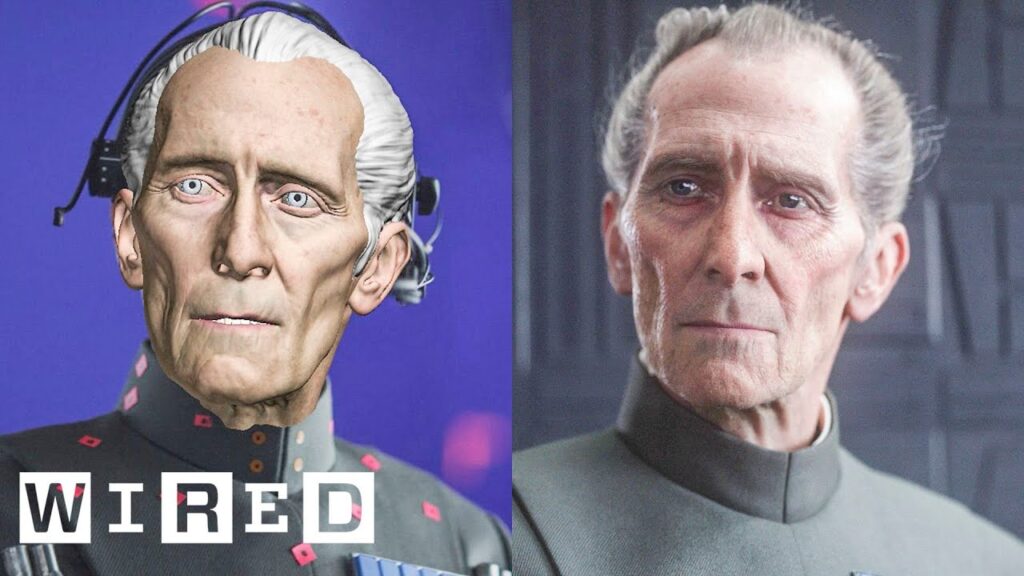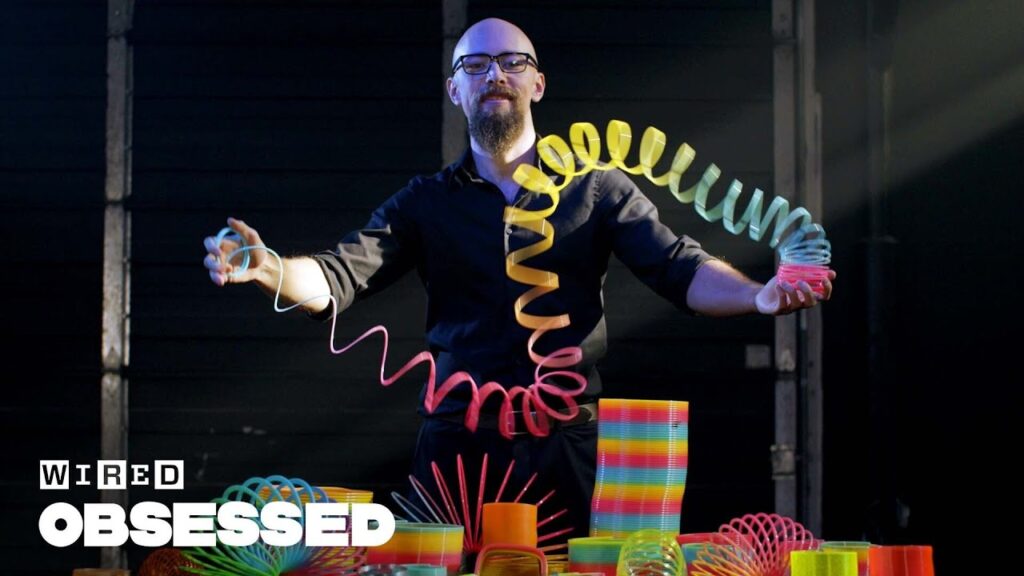Prosthetic Arms: Design, Functionality, and Accessibility
Summary
Since the early 2000s, private companies, governments and research laboratories have developed prostheses that are more advanced than previous designs. The options available today include passive devices that only serve cosmetic purposes, body-powered prosthetics, and more robotic options. However, affordability remained a challenge for prosthetic designs. This article follows the Q&A between WireTalk’s expert and the founder of Unlimited Tomorro, Eason LaChapell, who shared how he designed, tested, and adopted his prosthetic arm.
Table of Contents
- The Landscape of Prosthetic Offerings
- The Journey towards Developing a Functional and Affordable Prosthetic Arm
- The TrueLim: A Revolutionary Prosthetic Design
- The Role of 3D Printing in Creating Stronger and More Resilient Prosthetic Devices
- The Future of Prosthetic Design: Empowering People Across the World
The Landscape of Prosthetic Offerings
What are the available options for prosthetic arms?
The options available today include passive devices that only serve cosmetic purposes, body-powered prosthetics, and more robotic options, like myoelectric or brain-controlled devices. The field of prosthetic offerings today is wide and varied.
The Journey towards Developing a Functional and Affordable Prosthetic Arm
How can prosthetic arms be designed to be functional and affordable?
Prosthetic arms require functionality, affordability, and a comfortable socket for a user to wear the device. Limited by funding and resources, LaChapell started with basic parts, like Lego and electrical tubing, and then evolved his way towards a more complex design. They experimented with how to merge a machine with the human body through brain-controlled devices or localized muscle area, without eliminating the natural feedback loops of the brain.
The TrueLim: A Revolutionary Prosthetic Design
What is the TrueLim, and how does it work?
The TrueLim is Unlimited Tomorro’s first product that launched in June 2020. It is a robotic hand that consists of individual finger motion, tendon systems and has about 14 joints that function independently. Users can move the device through sensor readings of their muscles that get inputted back into the body and brain through a feedback system. The device is affordable through the use of 3D printed materials.
The Role of 3D Printing in Creating Stronger and More Resilient Prosthetic Devices
How does 3D printing help create prosthetic devices that are strong and resilient?
3D printing helps produce prosthetic sockets that fit better and eliminate discomfort resulting from prosthetic use. Innovations in 3D printing also improved the durability and resilience of prosthetic devices. For example, the use of H’s machine, which can print in full colors and a strong nylon material, helped maintain the longevity of the device.
The Future of Prosthetic Design: Empowering People Across the World
What is the focus of the future of prosthetic designs?
The team at Unlimited Tomorro are committed to exploring forms of exoskeletons and other types of technology to use robotics and their foundational technology to improve the accessibility, mobility, and empowerment of people worldwide. They are committed to continue to expand and make prosthetic devices available to more people.
Conclusion
In summary, the world of prosthetic design has come a long way, but there is still room for growth and innovation. Unlimited Tomorro’s TrueLim is an example of a revolutionary prosthetic design that provides a unique combination of affordability, functionality, and comfort. With the continuous evolution of technology, prosthetic designs will continue to improve, providing greater accessibility, mobility, and empowerment for people worldwide.







